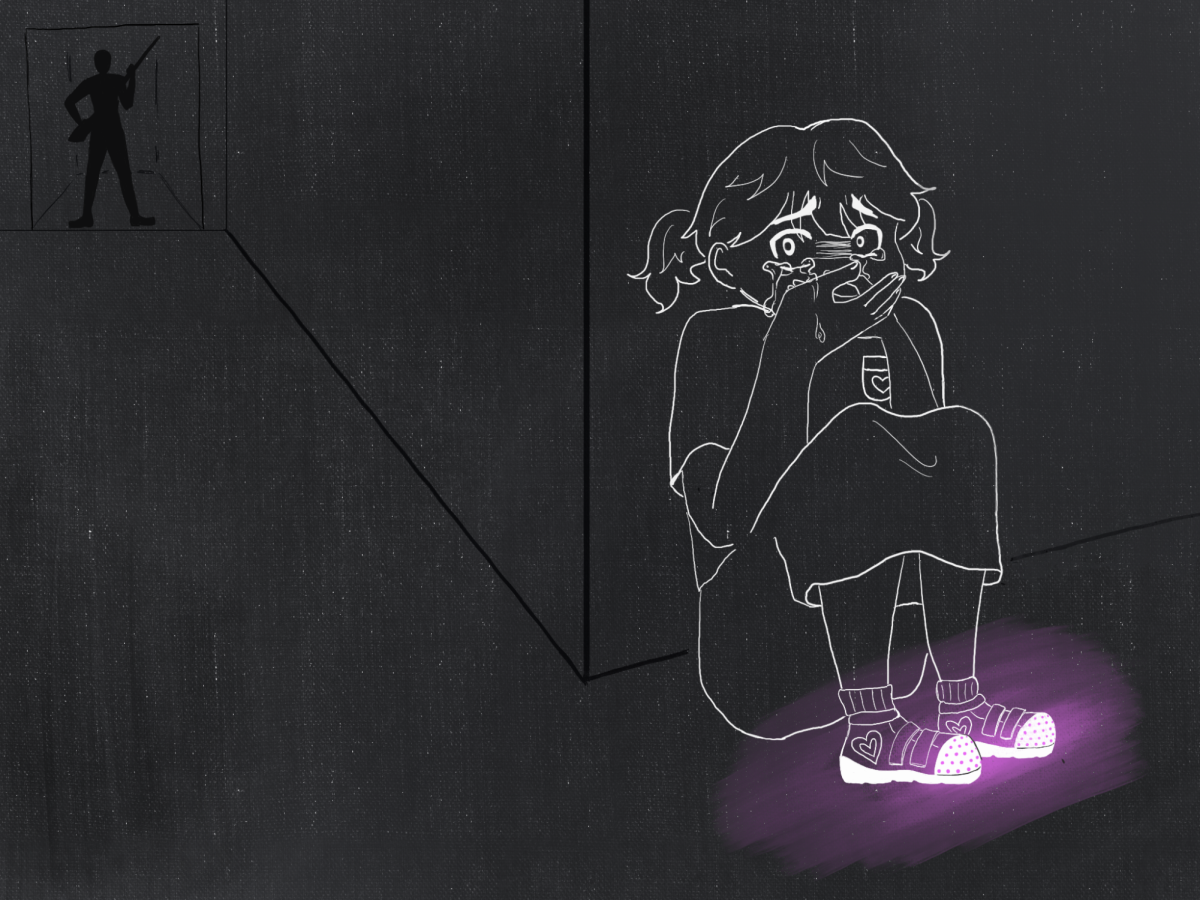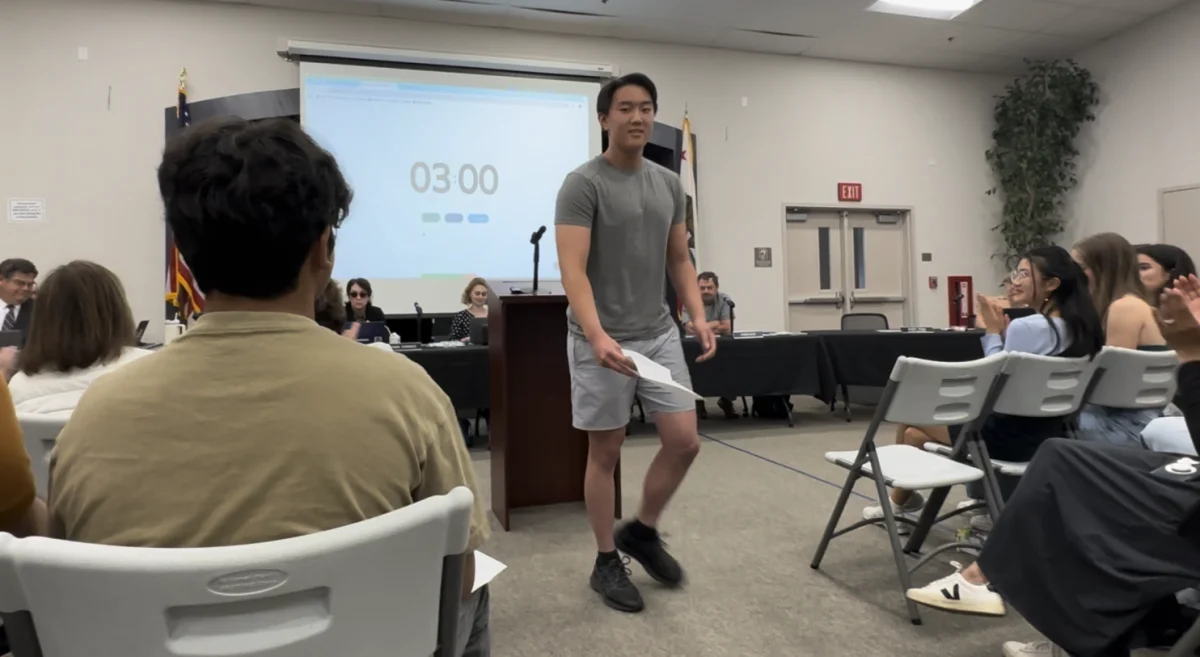Video has become one of the most popular media for information in the past decades for a very clear reason: its accessible nature makes it easy for audiences to digest and understand.
High schools across the nation are picking up on the trend by offering courses in film and digital video production. Despite this, the school has not incorporated any of this curriculum and still lacks classes in these areas.
Students at the school are offered a Film Analysis class as an alternative to English Literature Survey. But as the course name would suggest, it is a much more analytical class than a technical one. Additionally, it is only available to seniors.
In order for students at Los Altos to get instruction in video production, they must apply to the Freestyle Academy of Communication Arts and Technology, which is located at Mountain View High School. The Freestyle Academy is an independent and very competitive school where students devote three periods out of their day to english, design, and either film or web/audio.
“There isn’t really a program like it anywhere around here,” Junior Andrew Thomas said. “You’ll come out of the two years knowing how to edit, how to handle a camera. It’s a lot of knowledge.”
Unfortunately for most members of the school community, this opportunity is limited to only 72 students per grade from both Los Altos and Mountain View. Would-be producers are also deterred by the intense period commitment to the course. In order for Los Altos to address the demand for video production classes, it should offer basic courses on campus.
Other high schools in the area have already recognized and addressed the demand for classes in video production. Santa Clara and Wilcox both offer year-long courses in video production, with the only prerequisite required being consent of the instructor. Palo Alto offers not just one, but two years of digital video production. These courses are single period courses with open enrollment, an opportunity Los Altos students are not afforded.
“We build our schedule based on demand,” Principal Wynne Satterwhite said. “There’s nothing we could do this year, but with a list we could start looking into it.”
Although there may be a demand for production classes, students have not necessarily voiced their interest in such a class.
Another obstacle that is slowing the process down is the high cost of production equipment and software. Cameras, lighting, and editing software would all put a dent in the school’s tight budget.
However, this cost could be outsourced to the Regional Occupational Program (ROP) of Santa Clara County. This program, which provides occupational training for both adults and students, could provide the funding to make an on campus production class possible.
In order for the school to begin the process of creating a production, students need to take the first step and communicate with each other and the school about their interest in production. Then, a real dialogue can begin about bringing these classes to the school.








